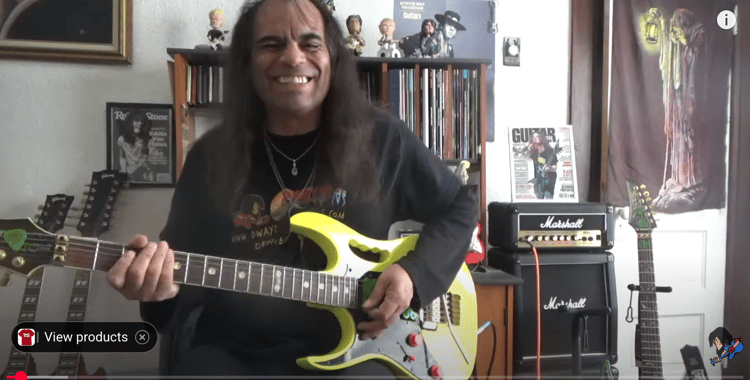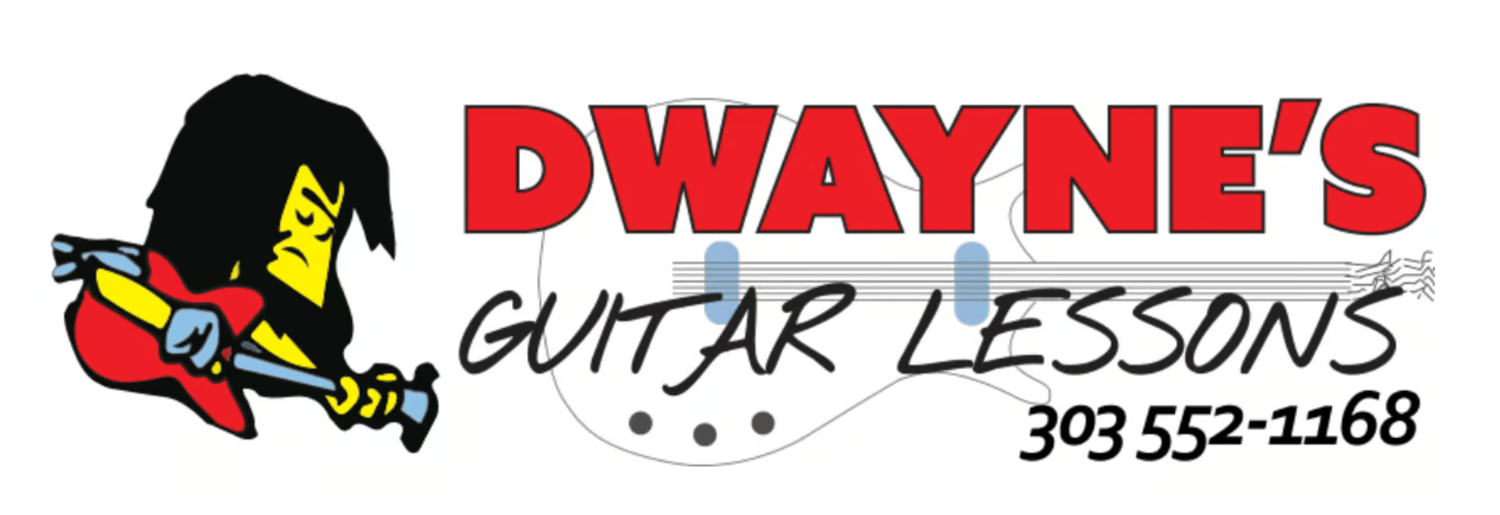Today's lesson will teach us how to master improvising with the Aeolian mode. This is the 6th of the 7th modes and is considered the natural minor mode.

What are the modes?
Modes are scale variations of the major scale they come out of. Since there are 7 notes to the major scale, there are 7 modes. Each starts on one of the tone degrees of the scale. What this does is give you 7 different shades of color that you can create with.
#1: The Aeolian mode
In this lesson, we will use the key of G major. The Aeolian mode is the 6th mode and is considered the natural minor mode. So, in the key of G major, it would be E Aeolian, although it's still in the key of G major.
Key of G Major: G A B C D E F#
As you can see from the example above, the 6th note in the key, or scale, is the E note.
#2: The relative minor
Major has a bright, happy sound, and minor has a moody, sad sound. So if you normally play in minor, and you're looking to play over a major chord progression, all you need to do is find the relative minor to that major, and you'll sound fine.
Every major has a relative minor, and vice versa. To easily find these along your fretboard, you just move three frets. To find the relative minor, you just move 3 frets down; to find the relative major, you just move three frets up. Think, the power of three!
#3: The natural minor
This is always going to be the 6th of the scale that it comes out of. When it comes to the modes within the major scale, it will always be the Aeolian mode. If you're playing in the key of C major, it will be the A note.
A major: A B C# D E F# G# = 1 2 3 4 5 6 7
A minor: A B C D E F G = 1 2 b3 4 5 b6 b7
As you can see, to make 6th tone degree of C is A, and A becomes minor because we flatten the 3rd, 6th, and 7th notes. This is done with all scales.
Watch the video lesson below
#3: Aeolian note formula
Each mode has a specific scientific note formula to it. This the where theory comes into music. Music theory is the science and mathematics of music. This is because you're dealing with numbers and formulas.
Each mode has a formula.
The formula for the Aeolian mode is 1 2 b3 4 5 b6 b7. Just like the A minor shown above. If we are in the Key of G major, and we conclude that E is the Aeolian mode, then this mode would have these 3 flat notes within it. And it is these three flat notes that give it its character.
G major: G A B C D E F# = 1 2 3 4 5 6 7
E Aeolian: E F# G A B C D = 1 2 b3 4 5 b6 b7
This is the E Aeolian mode within the key of G major. Now, if you look at the Aeolian mode, you can see the G major scale within it. So, we are using the same note, we just start on a different one. But they always stay in the same order.
#4: Master the location
Since this is the same in any major key you choose to play it in, master it in any major key. For instance, where is the Aeolian mode in the Key of D major? How about C major? How about F major? This is how you can use them to master the fretboard. Remember, the major scale will always have the Do-Re-Mi Fa So Lat Ti Do sound to it. Just find the 6th note, and that is where the Aeolian mode will be every time.
#5: Think patterns
It's always a great idea to think in patterns if you can do it. Everything on the guitar can be broken down into patterns. So you want to think like this as you learn your way around the fretboard. Once you master the Aeolian mode pattern in one key, you can just move it up and down the fretboard, and it will always be the same. The notes will change, but the pattern will stay the same. This will make it so much easier to learn.
#6: Take it step-by-step
When I was first starting many, many years ago, before the internet, I learned from method books. These were a great way to learn as they showed me step-by-step what I needed to know in a specific order. Which allowed me to stay on track and not have gaps in my learning. Plus, I could learn on my schedule.
This is why, now, all these years later, I author my method books. I do this because I know this method works. It allows you not to get confused with all the technical jargon of music. Modes, scales, whole steps, half steps, etc. So, for this lesson, I recommend the book I authored and self-published, How To Play Guitar Modes.
How To Play Guitar Modes

This book, which is currently available on Amazon, is exactly what it says it is, for beginners and intermediate students. It will easily teach you what you need to know about the modes in a simple step-by-step method that will soon have you playing guitar like you've never had before.
Of course, that is only if you study and practice daily. Understanding and being able to use the modes in your guitar playing can be done, and with this book, you can do it fairly quickly. But you must take time to understand the concepts and put them into practical application.
#7: Additional help available
If more help is needed, I also offer private guitar instruction. These are lessons that cater to the students interests and skill level. These can provide quicker results, a better understanding of musical concepts, and make learning to play a lot more enjoyable. If his option might work for you, just contact me at my website, and we'll set u a time to get online, or meet in person.
Thanks for your time, and have fun learning.
Until our next guitar lesson, take care.
Sincerely, Dwayne Jenkins.


